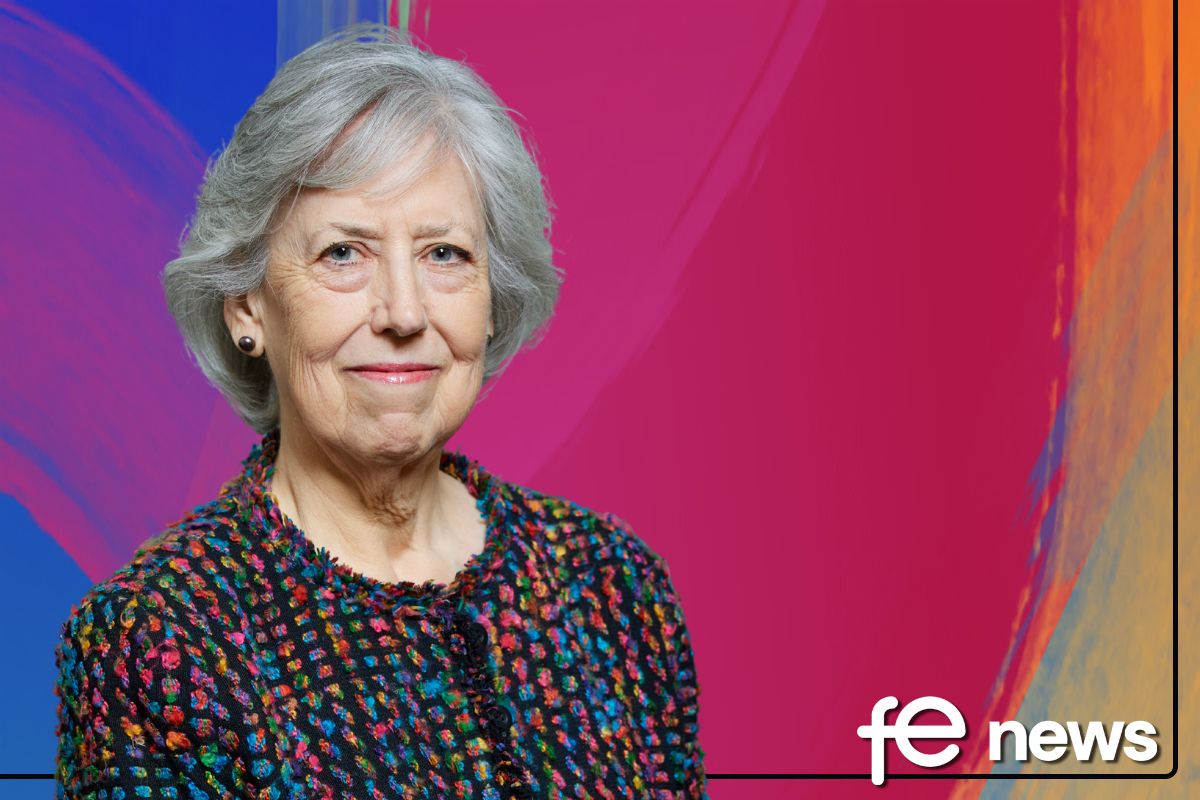What do end-point assessors and end-point assessment organisations think about the world of end-point assessment?

Different #EPA and #EPAO Perspectives
Would you love to know more about what end-point assessors and end-point assessment organisations think about the world of end-point assessment?
If yes, look no further, the results of an independent survey of 95 end-point assessors and 30 EpAOs have been analysed and there are some fascinating insights, all of which can help those at all levels to work together to shape the future of end-point assessment.
Before we look at the results here are some background statistics:
- There are now over 500 standards approved for delivery and almost 270 end-point assessment organisations.
- Approximately 25% of standards do not yet have an EpAO and approximately 35% have just one EpAO.
- Across end-point assessment organisations, 80% of all EpAOs assess less than 5 standards, and 43% of all EpAOs assess just one standard.
- There 38 named external quality assurance providers. Of these, 18 are marked as “TBC” (to be confirmed) covering 66 standards. In addition, a further 16 standards do not have any named EQA provider.
- The largest EQA provider is the Institute for Apprenticeships and Technical Education, delivered via Open Awards, providing EQA for almost half of the standards.
Top Ten findings from the survey
1. End-point Assessor capacity
There has been a lot of noise about a lack of end-point assessors, so the surveys asked end-point assessors and EpAOs for their views on the following statement “There are enough end-point assessors to be able to deliver end-point assessment for all apprentices”:
26% of end-point assessors and 38% of EpAOs agreed or strongly agreed, 29% of end-point assessors and 24% of EpAOs disagreed or strongly disagreed, with the remainder neither agreeing nor disagreeing.
When the survey then asked end-point assessors whether the demand for their end-point assessment services was exceeding their availability and 75% said no demand was not exceeding their availability. However, there were exceptions across construction, health and science.
2. End-point assessor recruitment
The survey found a wide range of recruitment methods used by EpAOs ranging from websites, social media, job sites, recruitment portals and word of mouth.
18% of EpAOs said that finding end-point assessors was easy, 54% said it was reasonable and 28% said it was challenging.
From an assessor perspective 55% said that finding assessment work was easy or very easy, with 10% saying that it was difficult.
The survey also attracted some excellent feedback from end-point assessors as to how they were finding end-point assessment.
3. End-point Assessor training
End-point assessors were very complementary about the training provided by their EpAOs, with 68% of end-point assessors agreeing or strongly agreeing with the statement “the EpAOs I work for provide excellent training, support and updates to enable me to assess effectively”:
However, there were some areas of training that needed to be addressed, 21% of EpAOs had not delivered training on conflict of interest, 28% had not delivered training in data protection, and 31% had not delivered training in safeguarding and prevent.
4. Employer selection and provider contracting
The challenge around the timeliness of selection has been widely reported and was evidenced in the survey, with 57% of EpAOs reporting that the timeliness of employer selection was very poor or poor.
This challenge should start to reduce with the new funding rules requiring employer engagement no less than 3 months before being ready for end-point assessment.
When it comes to contracting 29% of EpAOs reported that main provider contracting was extremely challenging or challenging, 64% reported it as reasonable, and 14% reported it as easy.
5. The gateway to end-point assessment
Feedback had suggested that there were challenges around gateway evidence provision at gateway.
The survey was pretty evenly split, with 37% of EpAOs finding it extremely challenging or challenging to obtain and check gateway evidence; 33% finding it reasonable, and 30% of finding it easy or very easy.
6. Delivering end-point assessment
There had been anecdotal reports that end-point assessors were not being provided with enough time to prepare for and complete the write ups of their assessments for the EpAOs.
This survey did not find that, with 90% of end-point assessors saying that their EpAOs provided them with sufficient time to prepare for EPA, and 86% saying that their EpAO provided them with sufficient time to write up their assessment reports.
7. Quality
End-point assessors and EpAOs were asked to rate their following statement “End-point assessment leads to an accurate judgement of the apprentice’s competence to do the job they have been trained for”:
80% of end-point assessors agreed and 60% of EpAOs Agreed.
This is fantastic feedback from those directly involved in relation to the design of the standards and the associated end-point assessment.
8. Communication
The highlighted concerns in relation to communication: 43% of EpAOs rated the ESFA response to queries as poor or very poor, with 27% rating it as good or excellent. 35% of EpAOs rated the IfATE response to queries as poor or very poor, with 14% rating it as good; and 48% of EpAOs rated the EQA provider responses to queries as poor or very poor, 30% as reasonable, and 22% as good.
9. External Quality Assurance
The survey highlighted a significant issue with regard to external quality assurance.
When asked to rate the following statement “I feel confident that the external quality assurance of EpAOs ensures consistent and valid assessment between different EpAOs”:
53% of EpAOs strongly disagreed or disagreed, only 13% agreed, with the remainder neither agreeing nor disagreeing.
The IfATE now has a consultation out around EQA, so change will be happening in this area.
Consultation on a simplified EQA system: We are proposing to move away from a system where #EQA is delivered by a wide range of different organisations to one where EQA is delivered by either Ofqual or, for integrated degree apprenticeships, the Office… https://t.co/ZfPLgwSuxh pic.twitter.com/wjQCQf5rz0
— FE News – The #FutureofEducation News Channel (@FENews) February 27, 2020
10. Consistency of assessment
Within the surveys, end-point assessors and EpAOs were also asked to rate the following statement: “End-point assessment is fair and consistent no matter which end-point assessment organisation is used”:
In response to this statement: 50% of EpAOs and 24% of end-point assessors disagreed or strongly disagreed, and 20% of EpAOs and 27% of end-point assessors agreed or strongly agreed, the remainder neither agreed nor disagreed. Within the EpAO survey, EpAOs that had been EQA’d were asked whether or not they had received feedback on the consistency of their EPA to other EPAOs for the same standard; 78% of respondents said that “no feedback had been received”. Within the end-point assessors survey, end-point assessors were asked if they assessed the same apprenticeship for more than 1 EpAO. 39% of end-point assessors said yes. When it then asked if they were seeing consistency in assessment across the EpAOs for the same standard, 51% said “no, I am not seeing consistency”.
I hope the results of the survey provides some food for through.
Jacqui Molkenthin, JEML Consulting
The contents of this report belong to Jacqui Molkenthin, the full report of the survey findings can be accessed here.
Copyright © 2020 JEML Consulting
If you would like to know more about end-point assessment, I have authored a range of articles that you may find helpful:













Responses